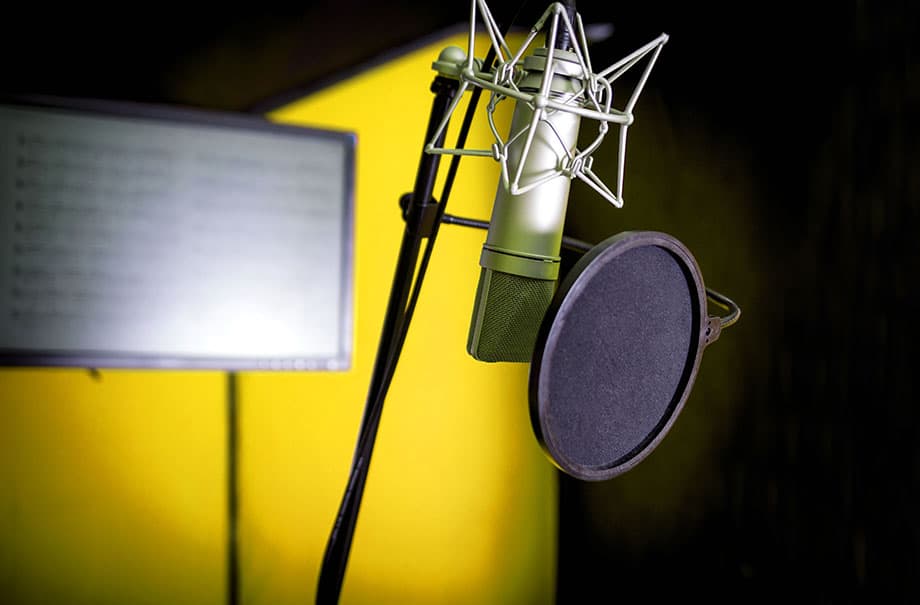David Epstein is the author of two bestselling books. In this work of series I’ll be exploring his book ‘The Sports Gene’ on the impact of genetics on our development of skills and talents. Fascinating stuff! The Sports Gene: Inside the Science of Extraordinary Athletic Performance is a 2013 book.
David Epstein is an investigative reporter and a passionate runner, combines data from scientific research, interviews with experts, and biographies and anecdotes of individual athletes to paint a complex picture of how biology and environment interact to produce the world’s top athletes.
Baseball… perceptual not reflex advantage. Eyesight
Chunking… group and process information
10000 hour rule good but many differ from it
High jumpers… initial ability also matters
Understand genetic factors help develop talent more
Globalization… leans sports more to body types at extreme –
Heights basketball players. Height affected by genes and environment. Arm span.
At a professional level, this advantage is such that, right now, an incredible 17% of American men aged 20-40 over seven feet tall are in the NBA.
In the industrialized world, it’s estimated that approximately 80% of the difference in people’s heights is due to their genes.
Acknowledge racial and gender based differences
Ancient migration from Africa… genetic diversity
ACTN3, the speed gene, and its relevance to world-class sprinters.
Running
2 theories behind the dominance of Jamaican sprinters, one based on genetic advantages and the other on cultural advantages, and he explains how genetic evolution against malaria may contribute to the sprinting dominance of people from West Africa.
World-class sprinters in Jamaica – specifically, the parish of Trelawny.
Slave traders took slaves from West Africa to Jamaica that only the very strongest could survive. Once these survivors reached Jamaica, some slaves managed to escape to secluded Trelawny, where they could not be found. Naturally, only the fastest runners were able to make this daring escape.
Epstein also turns his attention to the Kalenjins in Kenya, an ethnic group known for their dominance of elite long-distance running, again identifying a mix of genetic and environmental factors that contribute to Kenya being a running superpower.
Driven in part by the death of a high school teammate at the finish line of a race, Epstein surveys a series of genetic mutations that appear to put people at a disadvantage, rather than an advantage, in athletic performance. These include the gene for hypertrophic cardiomyopathy , a disease that causes malfunction in the left ventricle of the heart, and a variant in a gene that influences brain recovery after trauma. He also explores the way different genes influence how people experience pain.
Skeletal structure
Long-distance runners, for instance, benefit from a so-called “Nilotic” body – a very slim torso and thin legs – as evident in today’s best marathon runners. This body type is beneficial because long legs allow for a longer stride and faster top-speed, while the lightness of a thin torso reduces the load on the legs. The bodies of long-distance runners also tend to be small because it gives them a larger skin surface area in relation to the body’s volume. This allows them to disperse heat more effectively; a crucial advantage in a long, potentially exhausting race. In fact, the shorter the distance of a race, the shorter that successful runners’ legs tend to be. This phenomenon is also seen in American football, where quick acceleration is crucial. Indeed, even while humans have gotten taller over the last four decades, the average height of running backs and cornerbacks in the NFL has declined.
Short legs are also a trait of successful swimmers, along with long arms and upper bodies – a skeletal structure that helps them to glide along the water.
Muscle types
Muscles are made up of two types of fiber: fast-twitch and slow-twitch. Fast-twitch fibers contract quickly, enabling fast, explosive movements, but they tend to tire rapidly. For that reason, these fibers are well-suited for sprinting. Slow-twitch fibers have a slower response time. They also have more stamina, making them useful in endurance sports.
We each have a different ratio of these muscle fibers, inclining us to do better at certain sports than others, and there’s very strong evidence that this ratio is inherited. While in most people the ratio of fast to slow-twitch fibers is about 50/50, the ratio in athletes who excel at a particular sport can be quite different. For example, one top long-distance runner was found to have 80% slow-twitch fibers, and the calf muscles of sprinters are, in general, made up of 75% fast-twitch fibers.
In addition, the ratio also determines how muscles respond to weight training, because fast-twitch fibers are able to grow at double the rate of slow-twitch ones. For example, in one study, some participants who followed a four-month weight-training program managed a 50% increase in muscle size while others following the same program saw no increase at all.
Aerobic Capacity
Your aerobic capacity greatly impacts your performance and, though it has a hereditary baseline, can be increased by training. Aerobic capacity, or VO2max, is defined as the maximum rate of oxygen intake over a period of increasingly strenuous exercise The rate of intake is determined to a great extent by one’s innate “baseline” capacity. For example, it turns out about 0.3% of all people happen to be naturally fit: they have the VO2max of an athlete, despite being completely untrained.
One factor is the total volume of blood in our bodies: the more blood we have flowing through our veins, the more oxygen it can carry.
Another factor is the ability of our blood to carry this oxygen, which is determined by the amount of haemoglobin – an oxygen-carrying protein – in our red blood cells, and the number of those red blood cells in our blood.
Training at a high altitude is an effective way to increase VO2max because the body responds to the lower amount of oxygen in the air by producing more red blood cells and haemoglobin.
In fact, some athletes take advantage of this phenomenon by spending time training at high altitudes before competitions. The ideal altitude is 6000 feet!
Those born at a high altitude are at an even greater advantage, as they naturally develop larger lungs growing up, so are able to take in more oxygen.
Motivation and Injury
Your genes also influence your desire and ability to train hard, as well as your susceptibility to injury.
In addition to its influence on muscles, skeletal structure and aerobic capacity, our genetic makeup also affects athletic performance in more subtle ways. For instance, did you know that our genes influence our motivation and desire to train?
75% of the variation in the amount of exercise people do is due to their genetic makeup.
Some people don’t sense pleasure as readily as others, which means those people have to train harder to feel gratified.
Another way that genetic makeup influences how much or how hard you can train is in its effect on pain threshold. Those who are genetically more resilient to pain are more likely to continue training – a predisposition that gives them a massive advantage.
Your genes can also hinder training by making you more or less susceptible to injury.
Genetic differences can account for how easily one’s bones break or their tissues tear
Podcast: Play in new window | Download






